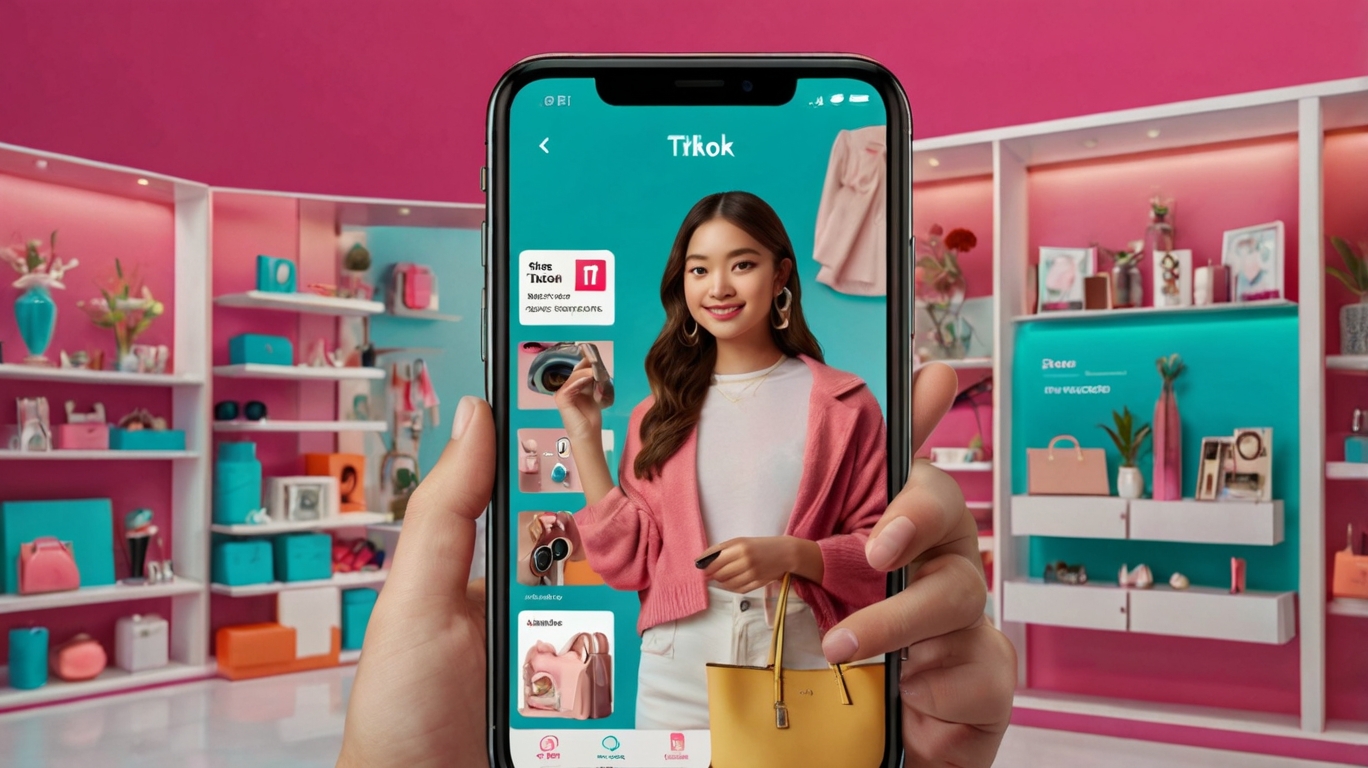In today’s fast-paced world, food delivery services have transformed from occasional luxury to everyday convenience. However, the convenience premium—delivery fees, service charges, and inflated menu prices—can significantly impact your budget over time. This comprehensive guide explores strategies for maximizing savings on food delivery platforms, with particular focus on Uber Eats promo codes and the coveted Uber Eats $25 promo code that can substantially reduce your dining expenses.
New User vs. Existing Customer Promotions: Maximizing Incentives
Food delivery platforms invest heavily in customer acquisition while simultaneously working to retain existing users through differentiated promotional strategies.
New User Advantages on Uber Eats
First-time users enjoy the most substantial promotional offers:
- High-value welcome bonuses (often in the form of an Uber Eats $25 promo code)
- Free delivery on initial orders
- Lower service fees during trial periods
- Generous minimum order thresholds
To maximize these benefits:
- Complete profile setup fully before placing first order
- Browse extensively before finalizing initial purchase
- Add items strategically to exceed bonus thresholds
- Consider timing first order during off-peak periods for faster delivery
Loyalty Rewards for Existing Customers
While new user promotions grab headlines, regular customers can access ongoing savings:
- Periodic Uber Eats promo codes through email or app notifications
- Restaurant-specific repeat order discounts
- Milestone rewards for order frequency
- Personalized offers based on ordering patterns
Long-term users should:
- Enable all communication channels to receive targeted offers
- Consider temporary app deletion and reinstallation during major promotional periods
- Maintain multiple delivery service relationships to leverage competitive offers
- Participate in feedback programs that often generate compensatory credits
Delivery Fee Optimization Strategies: Reducing Ancillary Costs
Delivery fees often represent the most visible premium on food delivery services, but several approaches can minimize this expense category.
Uber Eats Delivery Fee Structure Navigation
Understanding Uber Eats’ delivery pricing mechanism allows for strategic ordering:
- Dynamic pricing based on distance, restaurant partnership tier, and demand
- Promotional periods with reduced or waived delivery fees
- Special restaurant partnerships featuring prioritized free delivery
- Subscription options that eliminate per-order delivery charges
Practical approaches include:
- Ordering from restaurants within 1-2 miles of your location
- Selecting establishments marked with promotional delivery pricing
- Batching orders to meet free delivery thresholds
- Leveraging Uber Eats promo codes specifically targeting delivery fees
Strategic Timing and Geography
Delivery fees fluctuate based on market conditions:
- Off-peak hours generally feature lower delivery costs
- Geographic “hot zones” often qualify for reduced delivery charges
- Weather events typically increase fees due to demand surge
- Special event periods may feature location-specific promotions
By planning orders around these variables and applying available Uber Eats promo codes, users can significantly reduce their effective delivery costs.
Peak Period Pricing Analysis: Understanding Demand Dynamics
Food delivery platforms employ sophisticated dynamic pricing models that adjust costs based on real-time demand patterns, creating both challenges and opportunities for cost-conscious consumers.
Identifying and Avoiding Surge Pricing
Uber Eats, drawing on its rideshare heritage, implements surge pricing during:
- Meal rush hours (typically 12-1 PM and 6-8 PM)
- Severe weather conditions
- Special events and holidays
- Unexpected demand spikes
To avoid these premiums:
- Order slightly before or after peak periods
- Schedule deliveries in advance when possible
- Monitor in-app notifications about high demand
- Consider alternative service providers during extreme surges
Leveraging Counter-Cyclical Ordering
Ordering during natural demand lulls can yield savings:
- Mid-afternoon (2-4 PM) often features promotional pricing
- Late night options may include special discounts
- Early morning orders typically avoid surcharges
- Tuesday and Wednesday typically have lower baseline pricing
Combining these timing strategies with Uber Eats promo codes or an Uber Eats $25 promo code during low-demand periods maximizes discount potential.
Membership Program ROI Analysis: Subscription Value Assessment
Delivery service subscriptions require upfront commitment but can deliver substantial savings for frequent users.
Uber Eats Pass Economics
The Uber Eats Pass subscription model offers:
- Eliminated delivery fees on qualifying orders
- Reduced service fees (typically 5% discount)
- Exclusive subscriber promotions and Uber Eats promo codes
- Cross-platform benefits with Uber ridesharing
To determine subscription value, calculate:
- Average monthly order frequency
- Typical delivery fee per order
- Average service fee amounts
- Estimated promotional usage
For most users, the subscription becomes economical at 4-5 orders monthly, though this threshold varies by location and ordering patterns.
Comparative Subscription Analysis
Different platforms offer varying subscription structures:
- DoorDash DashPass: Free delivery and reduced service fees
- Grubhub+: Free delivery on $12+ orders
- Postmates Unlimited: Free delivery on $12+ orders, reduced fees
- Seamless+: Shared benefits with Grubhub+
Strategic users may:
- Rotate subscriptions based on promotional periods
- Maintain multiple active subscriptions for restaurant selection flexibility
- Combine subscription benefits with platform-specific codes (like Uber Eats promo codes)
- Periodically reassess usage patterns to optimize subscription portfolio
Direct Restaurant Ordering vs. Platform Comparison: Cutting Out the Middleman
Many restaurants maintain both direct ordering channels and third-party platform partnerships, creating price comparison opportunities.
Direct Ordering Advantages
Bypassing delivery platforms often provides:
- Lower menu prices (no platform markup)
- Restaurant-specific loyalty programs
- Reduced or eliminated service fees
- Direct communication with restaurant staff
However, these benefits must be weighed against:
- Potential loss of platform protection policies
- Reduced tracking and order management features
- Limited delivery radius for restaurant-managed delivery
- Absence of platform-specific promotions like Uber Eats promo codes
Hybrid Approach Strategy
Many savvy consumers implement a blended strategy:
- Use platforms for discovery and menu browsing
- Compare pricing between direct and platform options
- Leverage platform promotions for significant savings opportunities
- Develop direct relationships with frequently ordered restaurants
This approach captures the convenience of platforms while maintaining direct ordering economics when platform discounts (like an Uber Eats $25 promo code) aren’t available.
Promotional Code Aggregation: Strategic Discount Collection
The fragmented nature of food delivery promotions necessitates systematic approaches to discount discovery and application.
Sources for Uber Eats Promotional Offers
Uber Eats promo codes can be sourced from:
- Official email newsletters and app notifications
- Partnership programs (credit cards, employers, organizations)
- Social media promotions and influencer collaborations
- Dedicated coupon websites and forums
The most valuable codes—particularly high-value options like the Uber Eats $25 promo code—typically come through:
- New user acquisition campaigns
- Winback programs for dormant accounts
- Major platform anniversaries and milestones
- Cross-promotional partnerships with complementary brands
Code Application Strategy
Maximizing promotional code value requires:
- Testing multiple codes before finalizing orders
- Understanding stacking rules and exclusions
- Prioritizing percentage discounts for large orders
- Reserving fixed-amount discounts for appropriate order sizes
When a high-value promotion like an Uber Eats $25 promo code becomes available, consider:
- Building a larger order to maximize discount impact
- Including items with good refrigeration or reheating potential
- Sharing the order with household members or neighbors
- Selecting restaurants with higher base prices that are normally outside budget parameters
Mobile App vs. Web Platform Ordering: Interface Pricing Disparities
Pricing and promotional availability often varies between ordering interfaces, creating opportunities for strategic platform selection.
Uber Eats Cross-Platform Price Comparison
Users frequently observe differences between:
- Mobile app pricing and promotional availability
- Desktop web interface offers and pricing
- Direct restaurant pricing for identical items
- Third-party aggregator display of the same restaurants
These disparities create opportunities to:
- Compare prices across interfaces before ordering
- Switch platforms based on promotional availability
- Leverage device-specific Uber Eats promo codes
- Monitor consistent patterns to identify platform preferences
Technical Approaches to Price Monitoring
Advanced users employ several techniques:
- Maintaining accounts on multiple devices
- Using incognito browsing to check new user offers
- Creating price tracking spreadsheets for frequently ordered items
- Developing notification systems for preferred restaurant promotions
While these approaches require initial time investment, they systematize the process of finding optimal Uber Eats promo codes and other platform discounts.
Conclusion: Balanced Approach to Food Delivery Economics
Food delivery services offer tremendous convenience but require strategic management to maintain budget alignment. By systematically applying the techniques outlined—particularly leveraging high-value promotions like Uber Eats promo codes and the coveted Uber Eats $25 promo code—consumers can significantly reduce the premium associated with delivery convenience.
The optimal approach balances:
- Strategic timing to avoid surge pricing
- Subscription evaluation based on personal usage patterns
- Cross-platform price comparison
- Selective direct ordering relationships
- Systematic promotional code application
By treating food delivery as a managed expense rather than an impulse purchase, consumers can maintain access to convenient meal options while controlling costs. The key lies not in eliminating delivery services, but in approaching them with the same financial awareness applied to other household expenditures.
For those seeking to maximize their food delivery deals and restaurant delivery discounts, this strategic mindset transforms delivery platforms from budget liabilities into manageable components of a balanced financial approach to contemporary dining.


